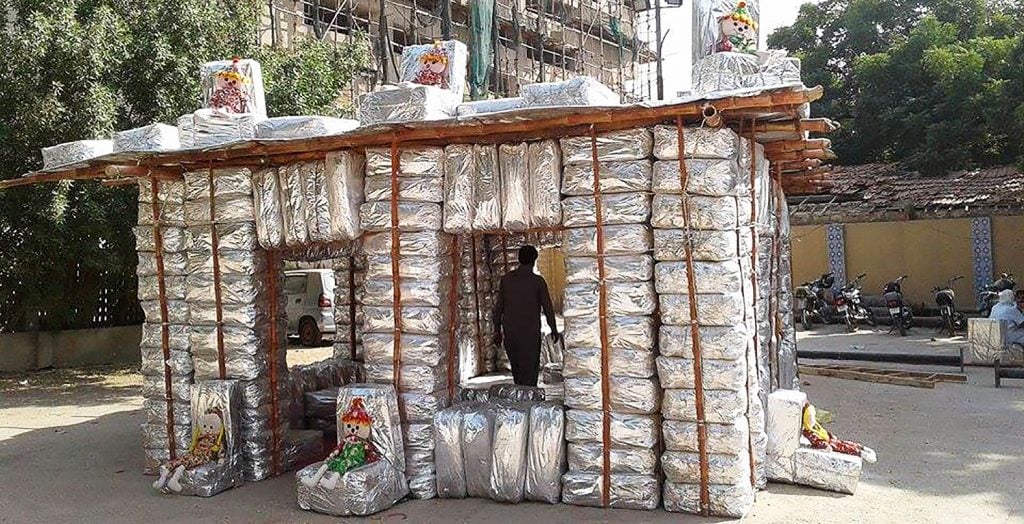In recent years, more and more homebuyers have become incredibly eco-conscious as they search for a home with an ever-shrinking carbon footprint. While many homeowners are perfectly content to settle for a home with new energy-efficient appliances, some take it several steps further. These innovative young buyers are creating homes from recycled components, and not only are they eco-friendly; they're often stylish as well.

Using recycled components at home can range in application from bits and pieces scattered throughout construction all the way to creating homes entirely from recycled components. The most extreme green homeowners often build their homes themselves, as traditional contractors don't usually use the methods these homeowners are looking for. Even when the most extreme recycled homeowners have to make some compromises, they tend to look for components that can be recycled after they've been used. For example, metal roofs, popular with recycled home builders, may contain anywhere from 30 to 60% of recycled metal content and are 100% recyclable at the end of their service lives.
So how does one exactly turn a pile of recycled trash into a fully-fledged home? The methods often vary, as homeowners frequently construct these homes on their own. However, some construction methods are more common; modular methods are frequently seen in recycled homes, especially in the ever-popular shipping container homes that have become a rising trend in recent years. Modular constructions reduce energy consumption during the building process by around 67% and reduce energy costs later on for occupants, meaning they align more easily with environmental values. Modular constructions are also a bit easier to manage with fewer people, making them ideal for homeowners attempting to build for the first time.
Many people building their own home from recycled components will talk about the benefits of the process; designing and building your own home can be a deeply rewarding experience that might even allow you to save money on your future home and live mortgage-free. So what's the catch? Unfortunately, not everyone will be able to build their own homes with recycled materials, simply due to the inability to source materials for the project. After all, not everyone will be able to access structurally-sound materials or land on which to build. Additionally, building codes in certain areas keep would-be builders from using recycled materials; with zoning laws and limitations, it's often easier legally to buy an existing home and renovate.
While you may not be able to build an entire home out of recycled materials yourself, there are a few ways you can use these unique constructions as inspirations for going green in your existing house. Next time you have to replace a component of your home, look for recycled options or materials that are made with a higher percentage of post-consumer content. For example, stainless steel used in metal fabrics contains greater than 60% post-industrial and post-consumer content recycled material. If you can't find a secondhand or previously owned item, do your best to find one that will reduce energy consumption at home as much as possible. Windows are one element to watch for in particular; newer, energy-efficient types or windows can save an average 15% on your energy bill.
Even if living in a house made from recycled content isn't for you, there are some ideas you can definitely borrow as inspiration for your next renovation project. Would you ever live in a recycled home? Why or why not?
Photo Credit: Inhabitat